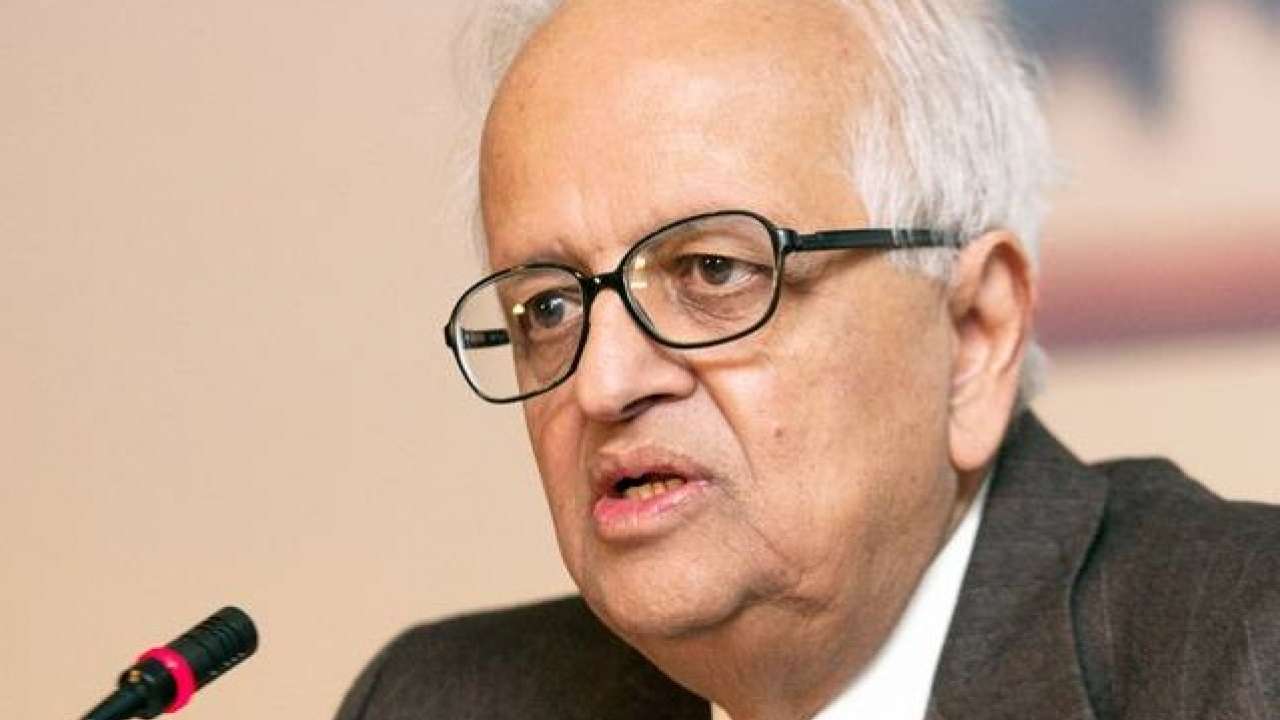
- Select a language for the TTS:
- UK English Female
- UK English Male
- US English Female
- US English Male
- Australian Female
- Australian Male
- Language selected: (auto detect) - EN
Play all audios:
And even though kids tend to fare better than adults when it comes to COVID, more kids are getting infected with delta “and therefore, more kids are being hospitalized and having severe
consequences,” Boogaard says. Getting shots in arms quickly will no doubt slow the surge in illness among children. Research from the CDC shows that hospitalizations among unvaccinated
adolescents who are eligible for the shots are 10 times higher compared to their fully vaccinated peers. However, the amount of time taken to test the vaccines in younger populations has
been absolutely necessary, Castel says. “In the pediatric world, we always remind people that children are not young adults. They're smaller. Their immune systems are different,” she
says. And because children can have more robust immune responses to vaccines, it’s important to monitor their safety and effectiveness in adults first, says Yvonne Maldonado, M.D., an
infectious disease expert and professor of pediatrics, epidemiology and population health at Stanford Medicine. “You want to be careful. You want to be paced,” she adds. Experts will be
looking closely at one response, in particular: myocarditis, or inflammation of the heart muscle — a rare complication that has popped up in some younger Pfizer and Moderna vaccine
recipients and usually resolves quickly with care. Still, health officials say the benefits of the vaccine far outweigh the risks, especially considering myocarditis is more likely to result
from a viral infection like COVID-19. VACCINE ROLLOUT COULD ADD TIME TO WAIT Over 28 million children ages 5 to 11 would be eligible for the vaccine if it’s authorized this fall, and
about one-third of parents say they plan to vaccinate their child as soon as it’s available, according to a new Kaiser Family Foundation report. But some patience may be needed during the
initial rollout. Many of the mass vaccination sites set up last winter and spring to inoculate adults have shuttered, and pediatricians’ offices and hospitals that can administer vaccines
are overwhelmed with patients right now. And while it’s likely that pharmacies will play a role in vaccinating young children, plans so far are unclear and could vary by location. “But I
know that this is still considered a public health crisis and that all departments of health and communities are going to try to vaccinate these kids together,” Boogaard says. Her advice:
Next time you are at the drugstore, ask if there’s a program in place for children’s vaccines. Also, pay attention to schools, which could offer vaccine clinics, Castel points out. “I have
full faith that our communities will get these kids vaccinated within a few weeks after the announcement comes in. So just be patient and work with your community to find the best place to
get vaccinated,” Boogaard says.








